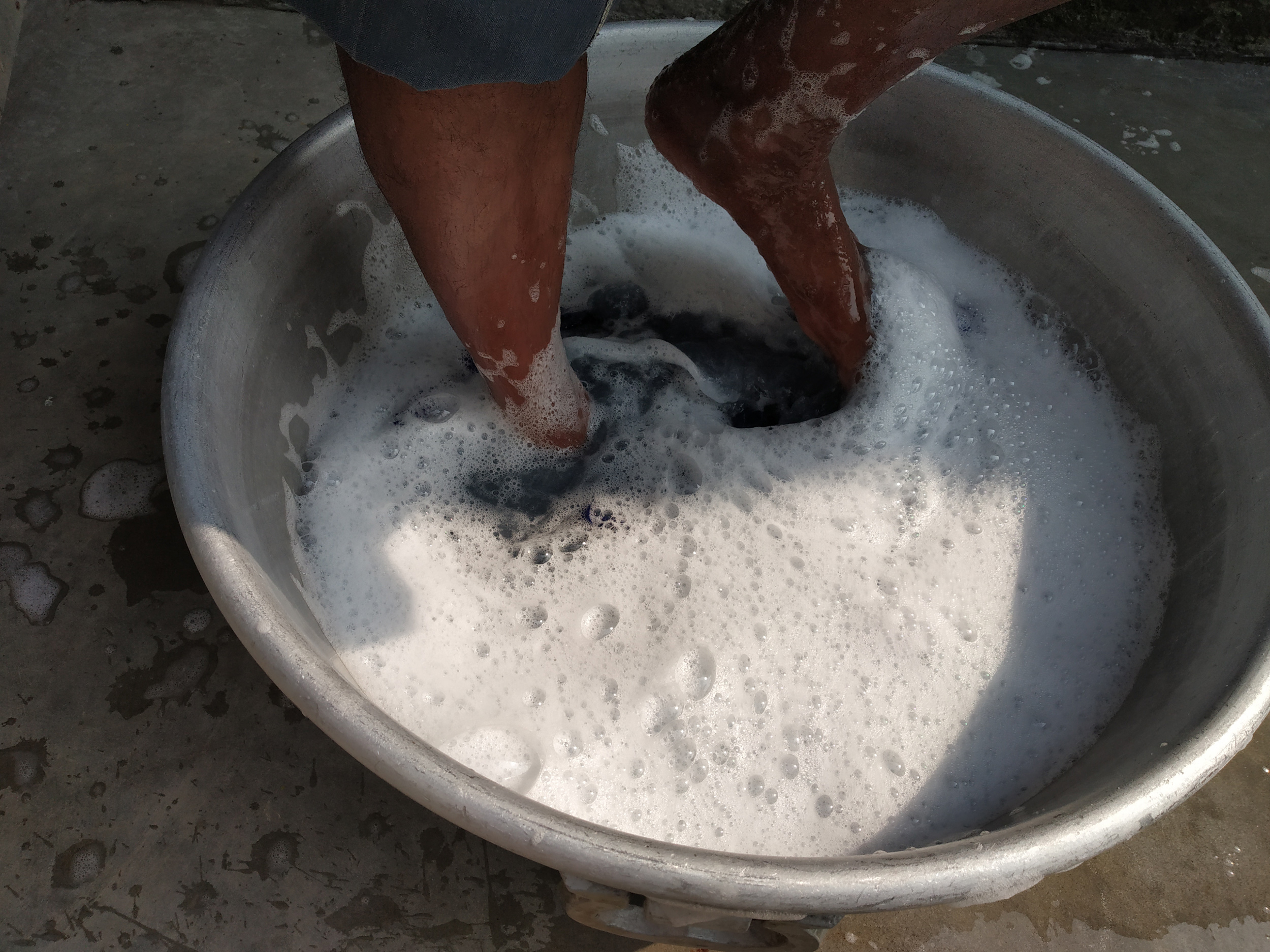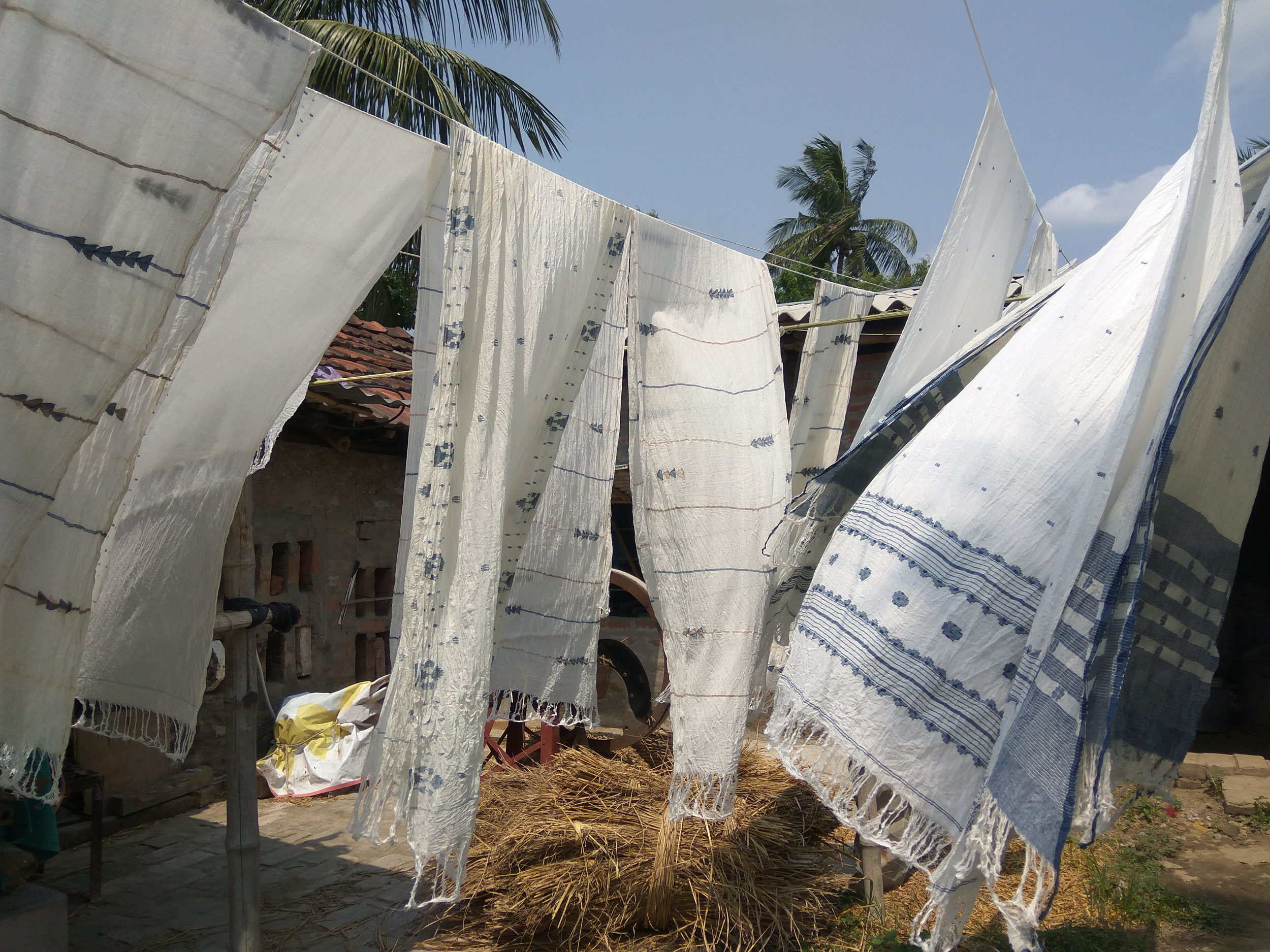The story of the entire process that is undertaken to give birth to each and every exquisite piece of handloom fabric is as fascinating as these amazing fabrics themselves. So let’s trace in brief detail all these exhilarating handloom fabric production steps right from the very beginning till it is complete:
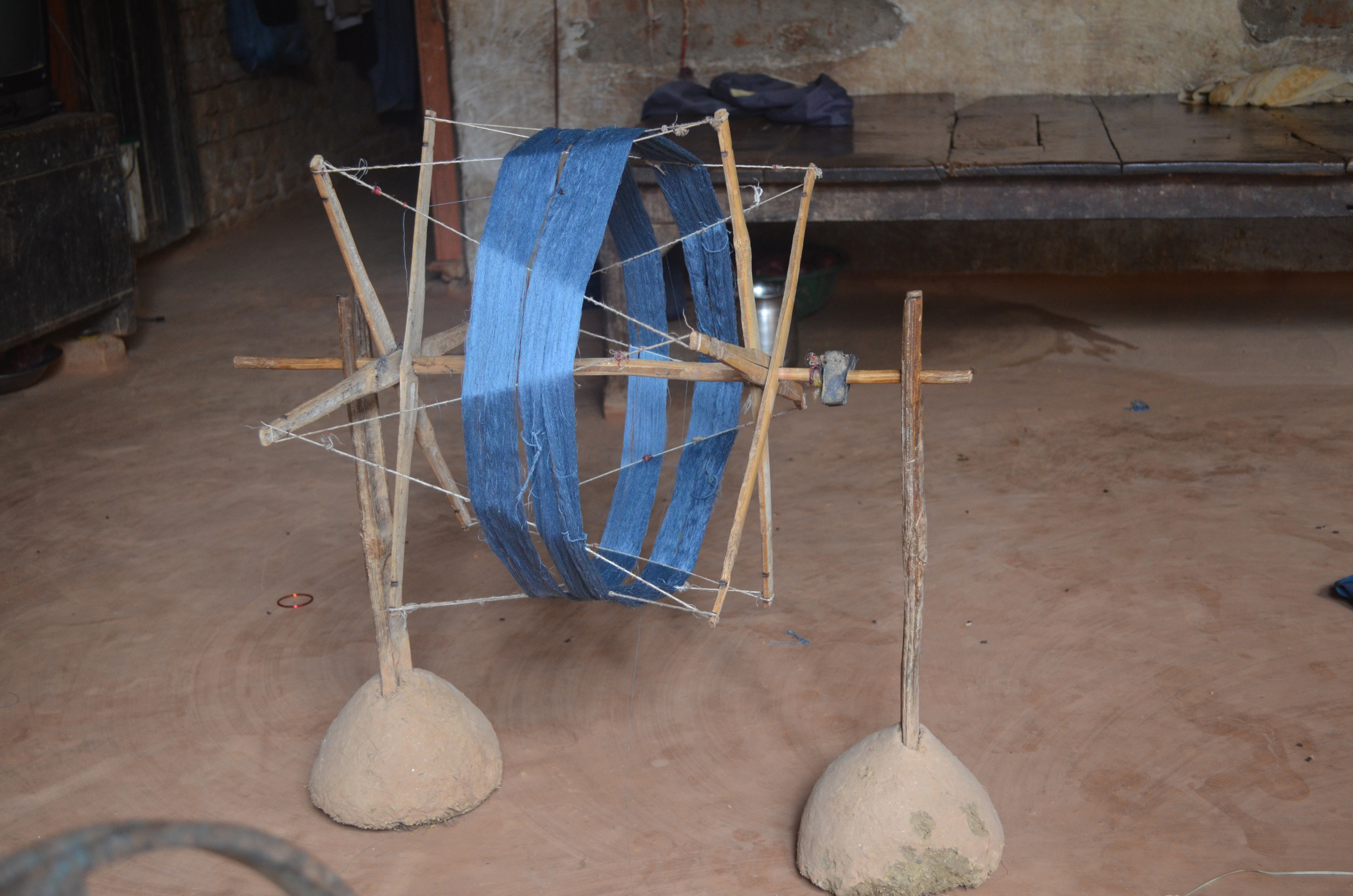
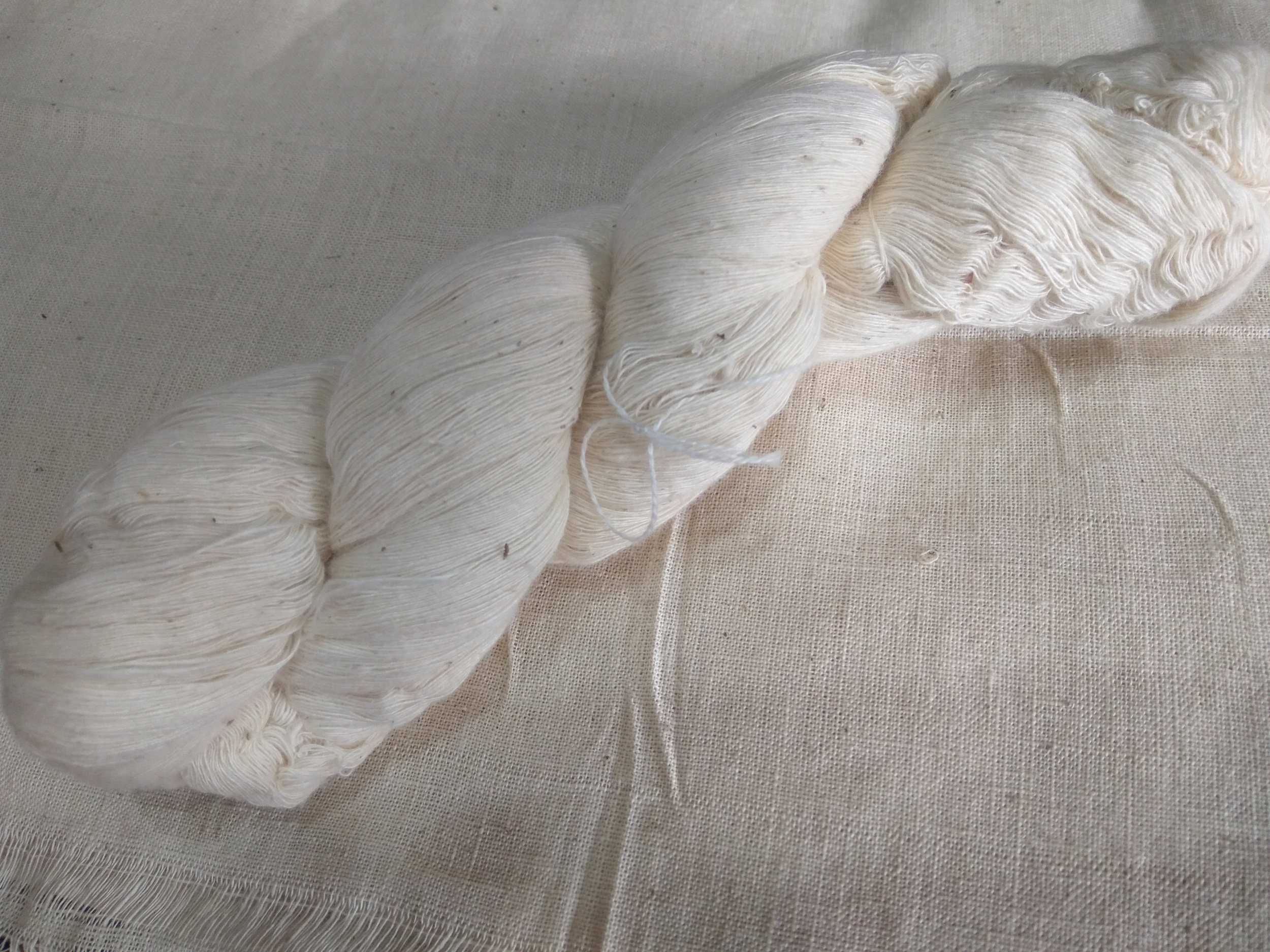
Spinning:
The first step is spinning. It is the process of twisting together of drawn-out strands of fibers to form the yarn that would be used to finally weave the fabric.
Dyeing:
Once the spinning is done, the handspun yarns are then dyed using either natural colours or using Azo free chemical dyes. At Mudita Crafts we provide both natural as well as Azo free chemical dyeing. The natural dyeing is done through various natural ingredients which include Indigo, Indian Madder, Lac, Marigold, Myrobalan and Tea.
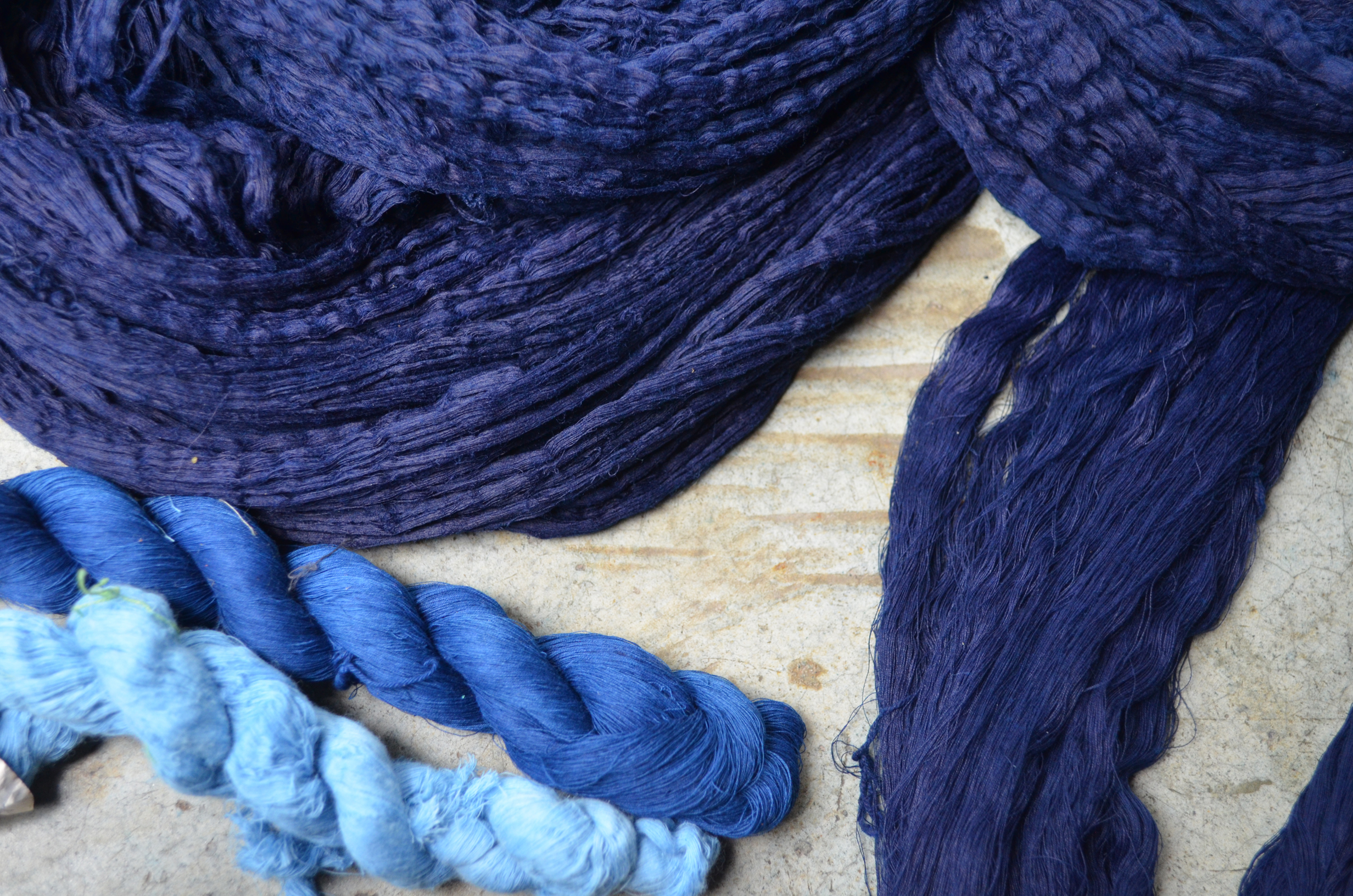
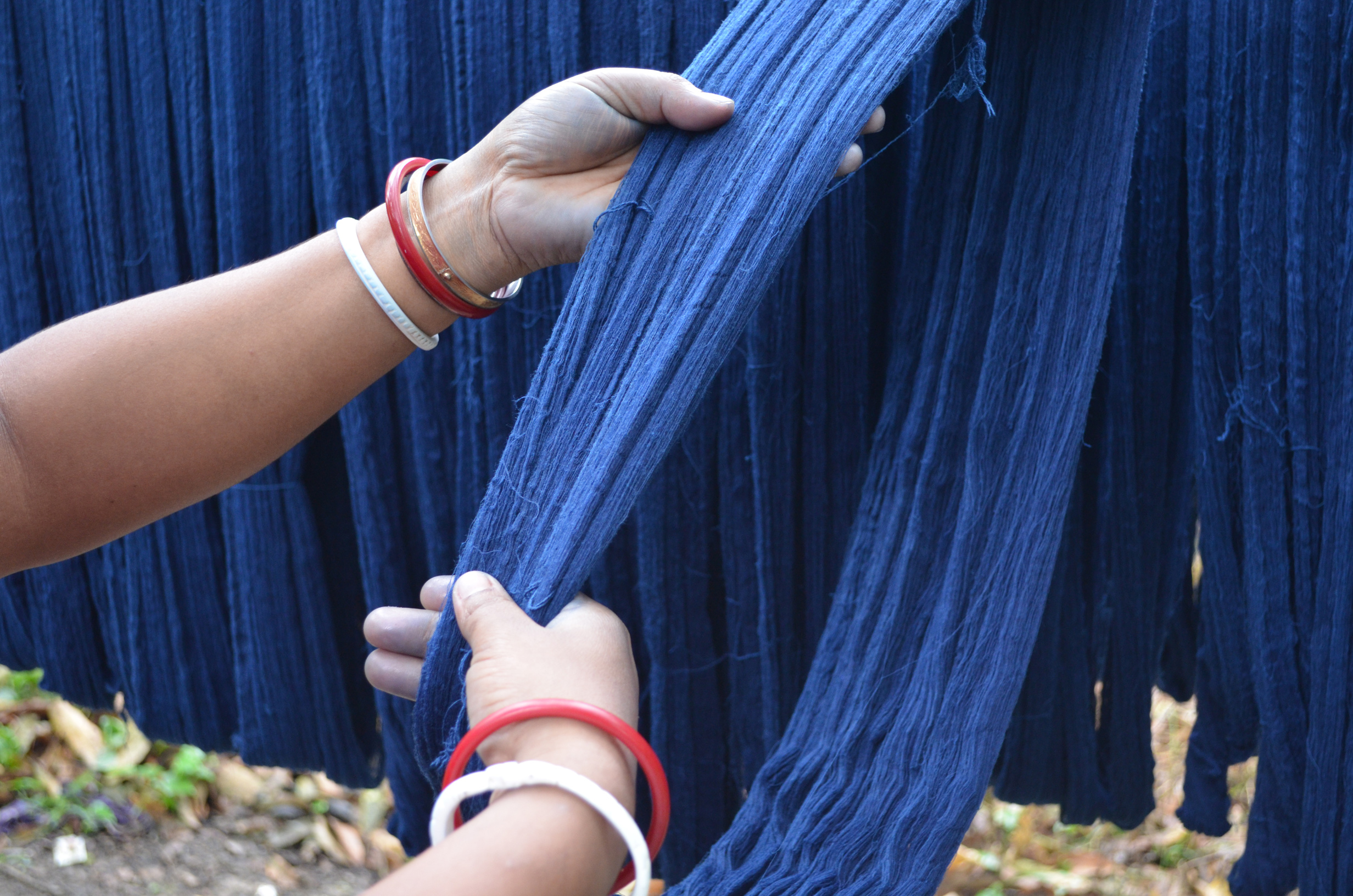
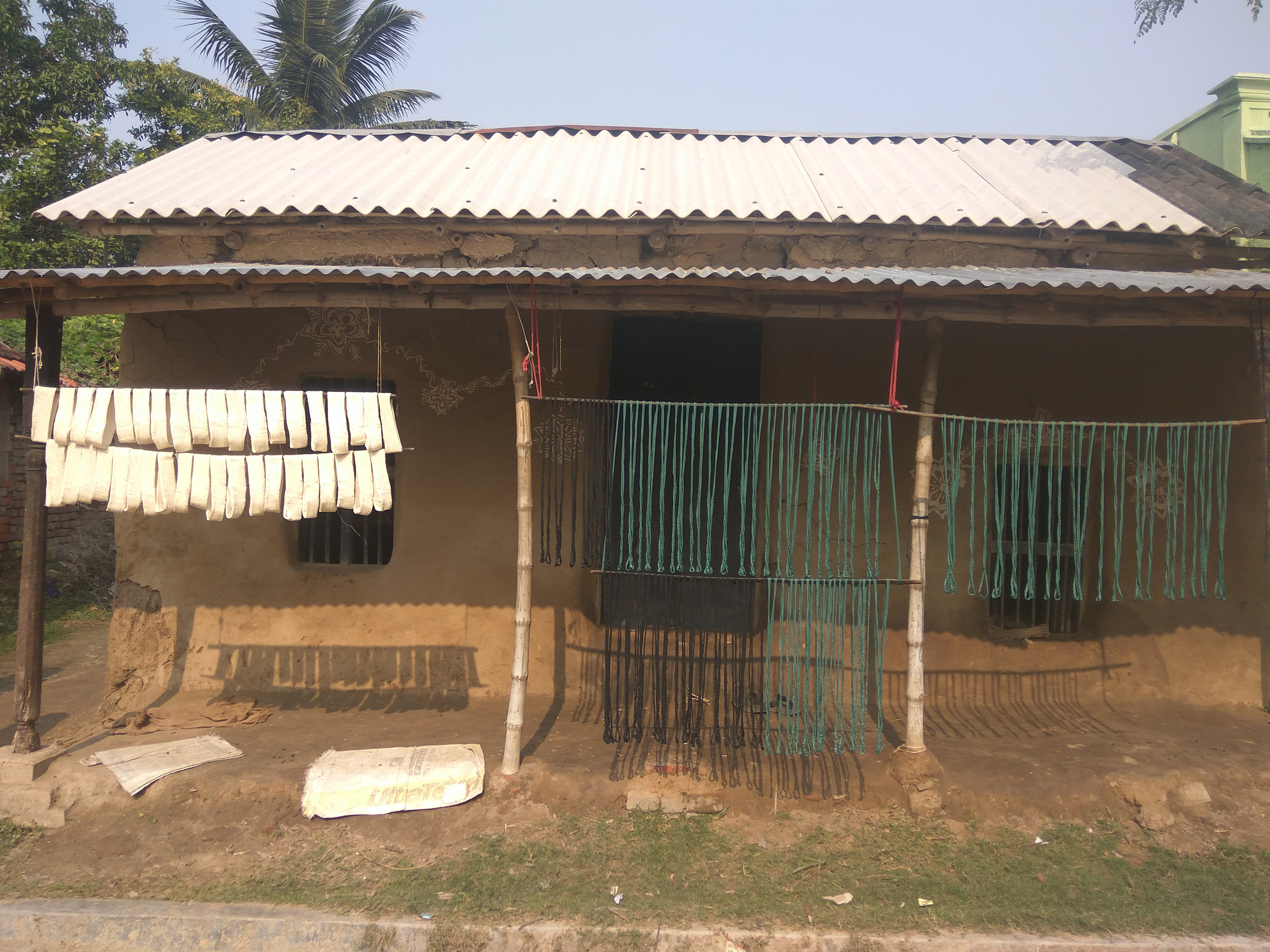

Sizing:
The process of sizing is done to provide temporary protection to the warp yarns from the abrasion and other types of stresses that are generated during weaving. It helps in improving the strength of yarns and also decreases their hairiness.
Rice starch is the most commonly used sizing material. The sizing mixture along with rice starch also often contains the popped version of the same, which is in Bengal is known as ‘Khoi’. Precise measurements of rice starch and soaked popped rice or ‘khoi’ are mixed to create the perfect sizing material.
Reeling/Winding:
The next step is the process of Reeling or Winding. The warp yarns are wound onto bobbins for easy warping. The sized threads are put on the spinning wheel and transferred onto bobbins. The bobbins used are generally hollow stems from the jute plant.
Pirn is the tool on which the weft yarn is wound and then inserted in the shuttle. Pirns are generally made of wood. The yarn has to be guided properly into the pirns by the finger and thumb in the form of spirals from top to bottom and then reverse.

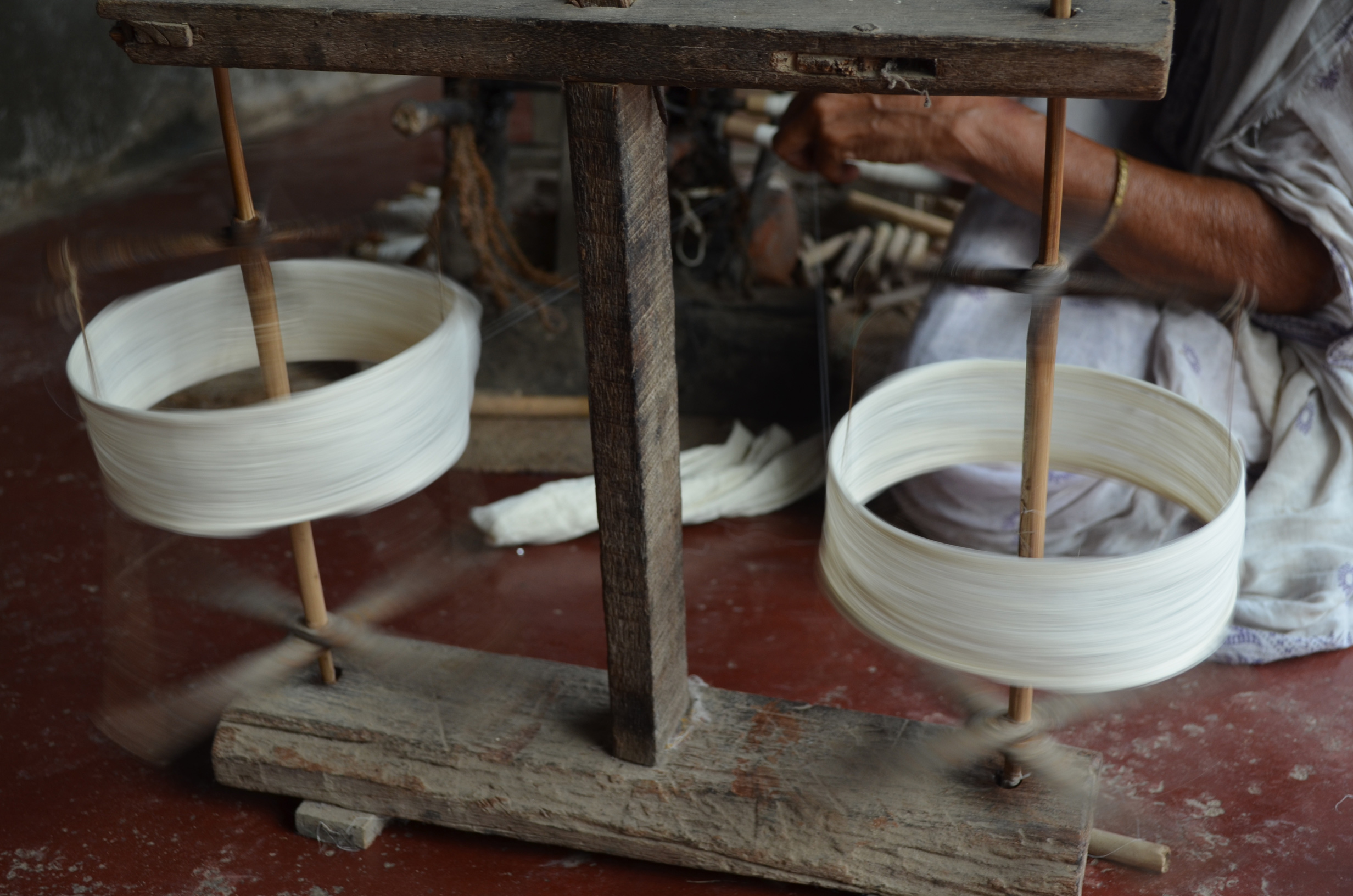

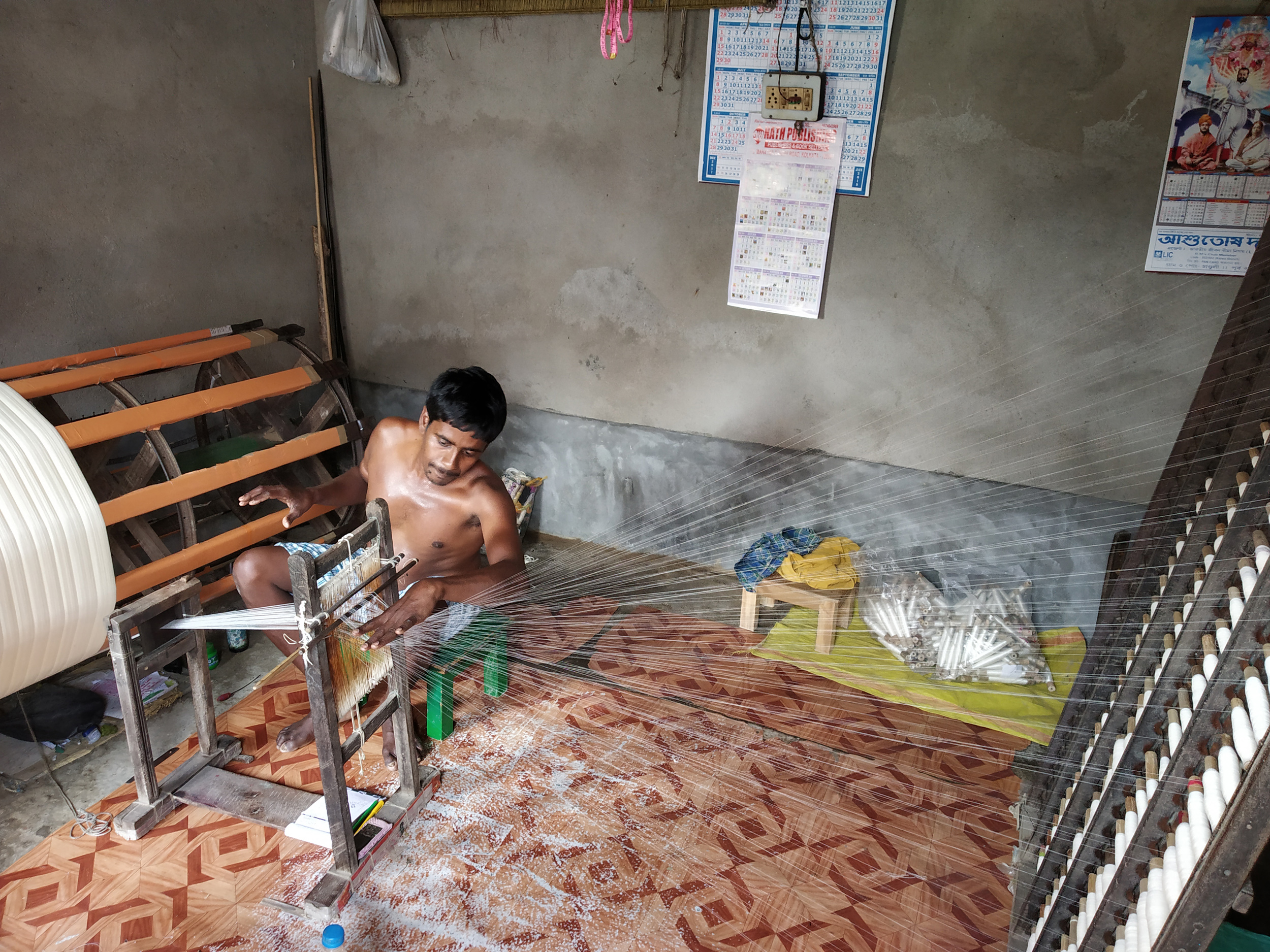
Warping:
The step that follows Winding is Warping. It is the preparation of the base threads that run along the length of the fabric. Warping is done on a drumming machine, which is why it is also known as drumming.
It begins as soon as the sufficient numbers of bobbins are ready. These bobbins are mounted in rows on a vertical stand, known as, creel. The thread from these bobbins is then drawn forward to the warp drum and tied to the hook there.
The drum is given a rotary motion by the warper and rotated till the required length of warp is ready.
Drafting & Denting:
Drafting and Denting are done to keep the warp ends parallel to each other. Denting is the process of drawing warp ends through the dents of the reed.
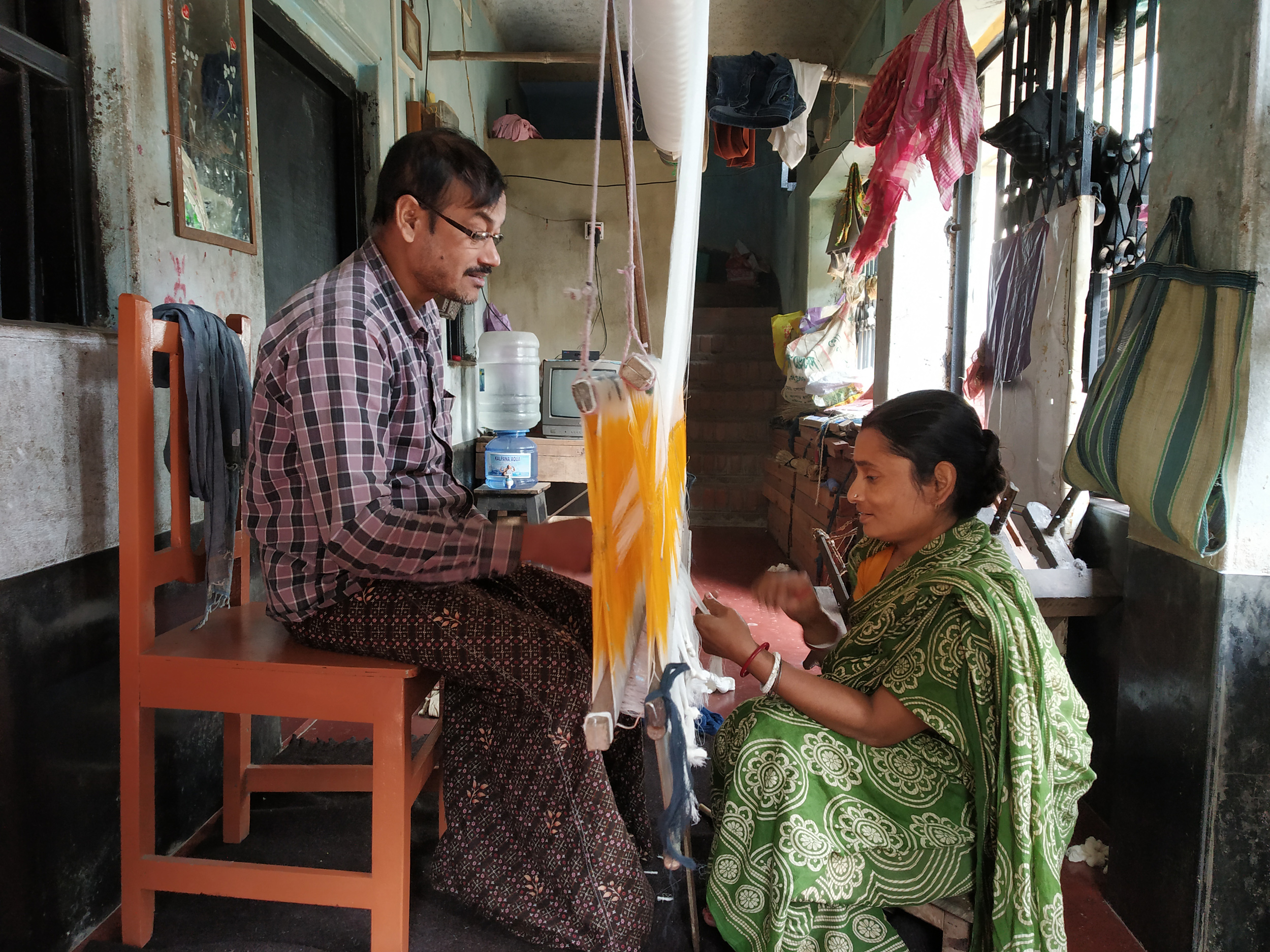
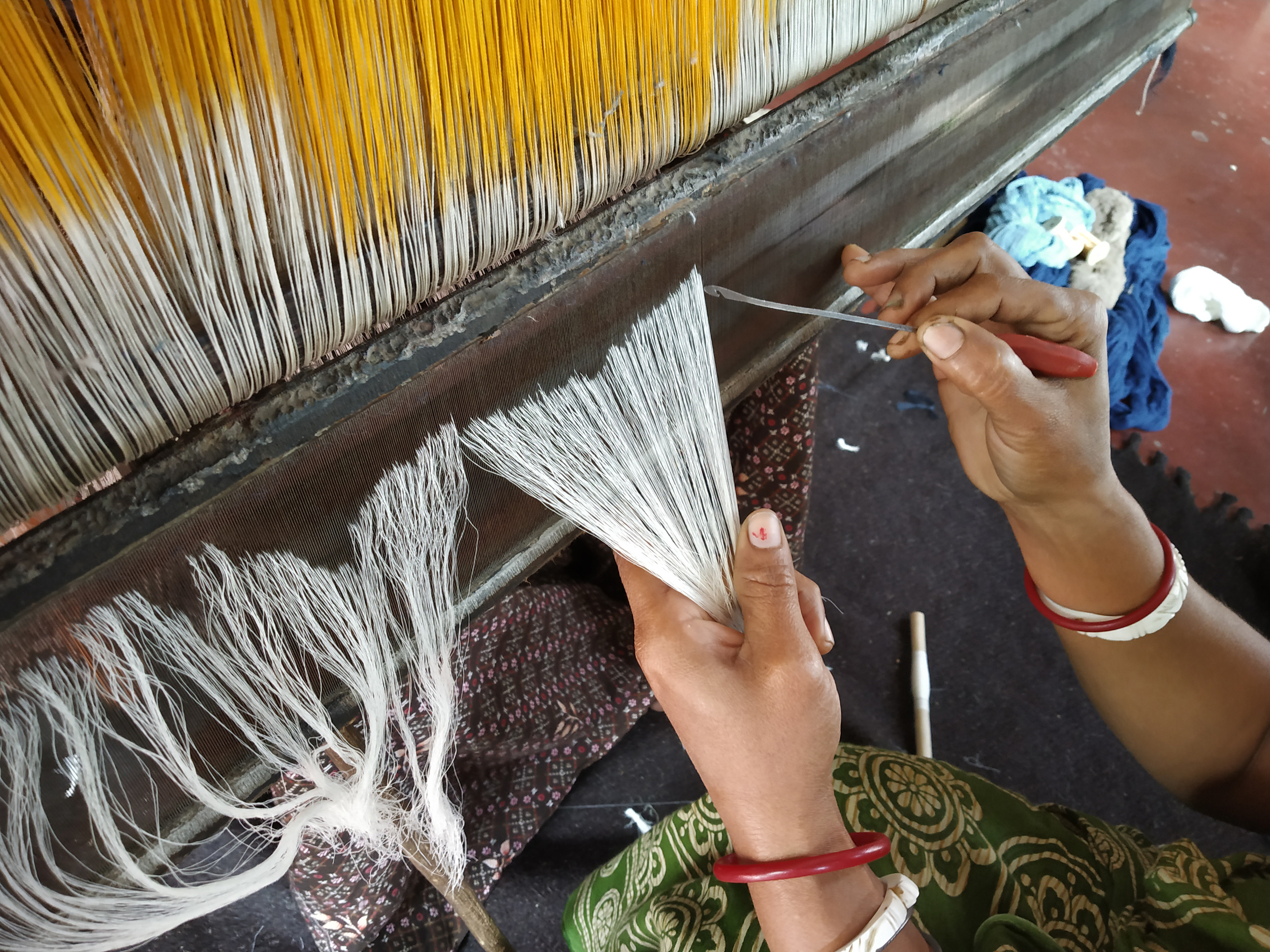
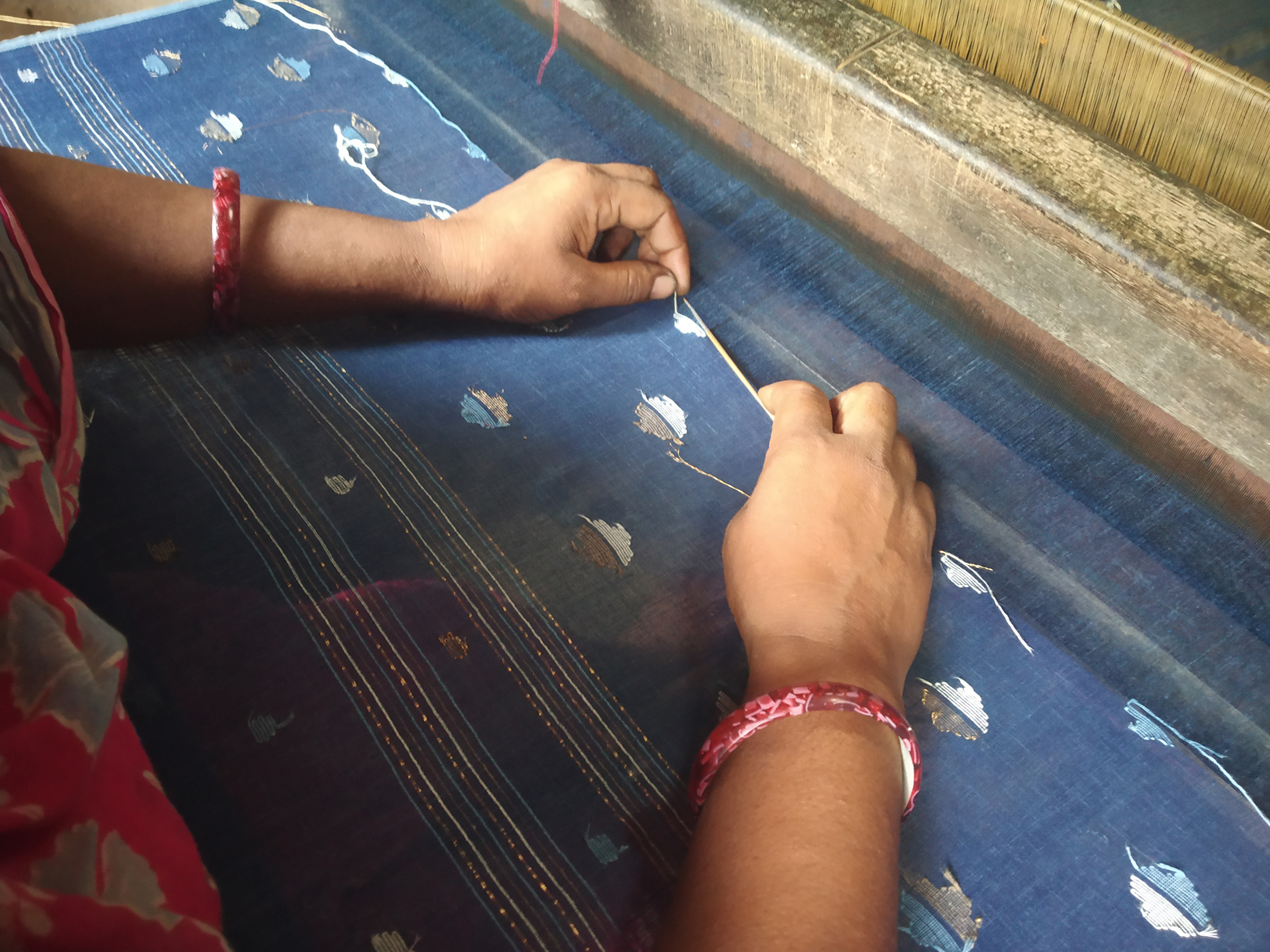
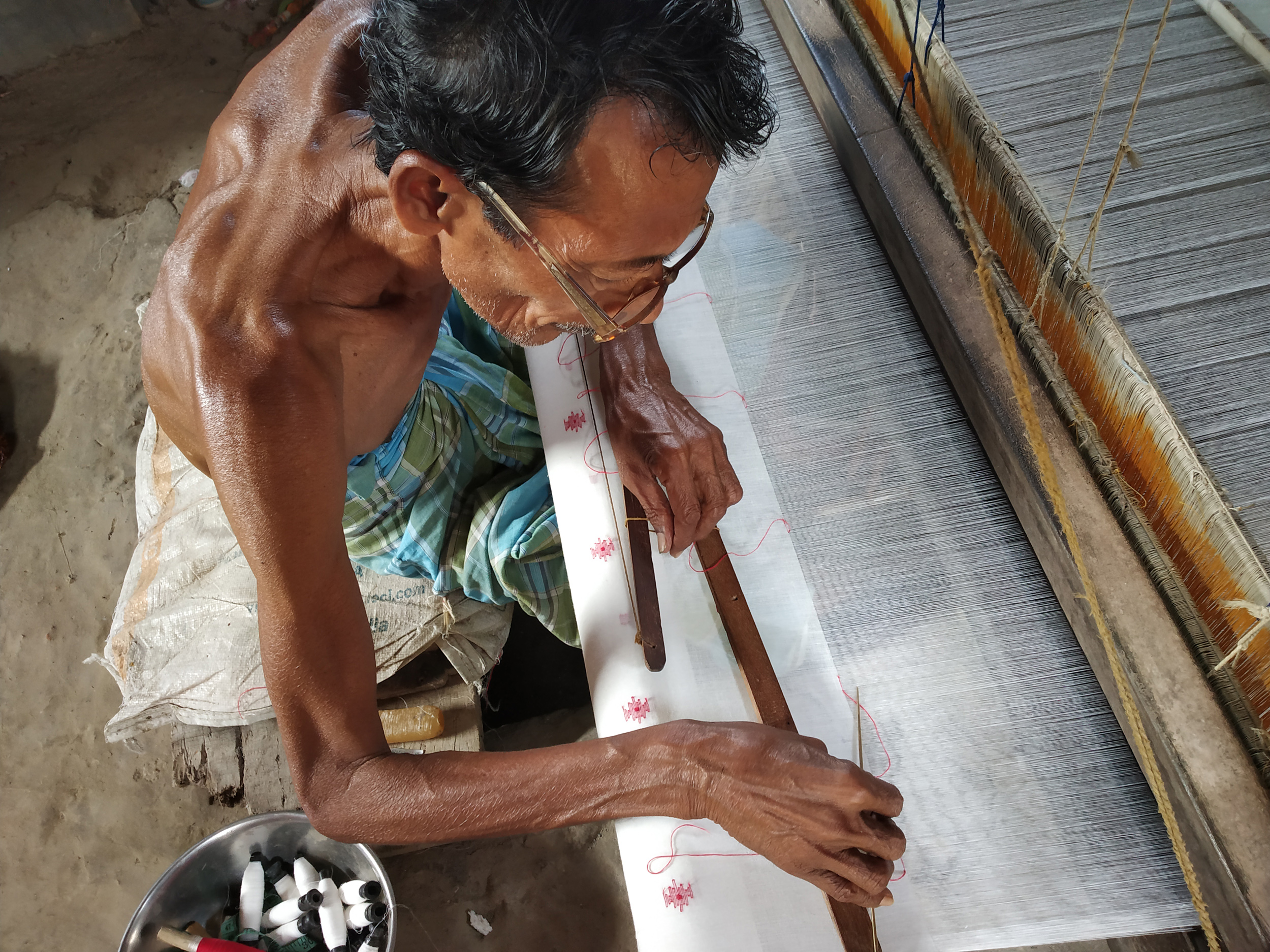
Weaving:
After Drafting and Denting are completed, the process of Weaving starts. It is the interlacement of two sets of yarns. Weaving consists of three primary motions. They are shedding, picking and beating.
Washing:
The last step is the process of washing the handweaved fabric, to make it even more soft, and then ironing it for final delivery.
